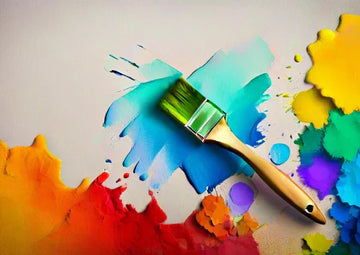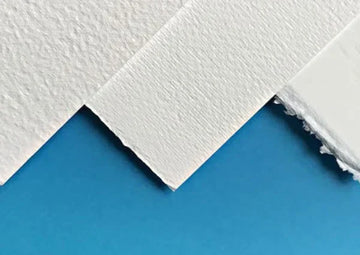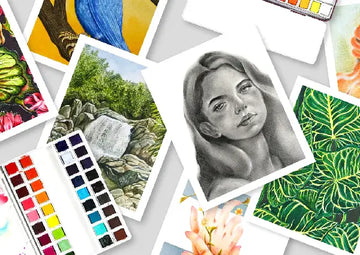Acrylic painting is one of the most versatile and rewarding mediums for both beginners and professional artists. With its quick drying time, vibrant colors, and easy application, acrylics open up endless possibilities for creativity. Whether you want to create bold abstracts or realistic portraits, mastering different acrylic painting techniques will help you refine your skills and bring your imagination to life. In this guide, we’ll explore the top seven acrylic painting techniques that every artist must try.
1. Dry Brush Technique
The dry brush technique is ideal for adding texture and fine details to your artwork. To practice this, load your brush with a small amount of paint without adding water. This allows you to create scratchy, textured strokes that are perfect for painting grass, fur, or other intricate surfaces. It’s a great way to add depth and a tactile feel to your painting.
2. Washes
Similar to watercolor, washes involve diluting acrylic paint with water to create a translucent effect. This technique is useful for backgrounds, skies, or layering subtle tones. By gradually adding layers of washes, you can achieve a soft, atmospheric look in your art while maintaining acrylic’s vibrancy.
3. Glazing
Glazing involves applying a thin, transparent layer of paint over a dry layer to enhance color depth and richness. By mixing your acrylics with a glazing medium, you can create luminous effects and add dimension to your paintings. Glazing is especially useful in portraits and landscapes where you want to achieve realism.
4. Palette Knife Painting
If you want bold strokes and textured surfaces, palette knife painting is a must-try. Instead of brushes, use a palette knife to apply paint directly onto the canvas. This technique allows for thick applications, unique patterns, and expressive textures. It’s a favorite among abstract artists and those who enjoy experimenting with impasto.
5. Splattering
Splattering adds an energetic, dynamic quality to your artwork. Simply dip your brush in diluted paint and flick it onto the canvas to create random splatters. This works well for creating starry skies, abstract backgrounds, or adding spontaneous energy to your art pieces.
6. Stippling
Stippling involves creating patterns and textures using small dots of paint. It requires patience, but the results can be incredibly detailed and visually interesting. This method is great for shading, highlighting, or creating pointillism-inspired artworks.
7. Blending
Blending is essential for creating smooth transitions between colors. Since acrylics dry quickly, blending can be tricky, but using a slow-drying medium or working fast can help. Blending is especially useful for painting skies, skin tones, or gradients where soft transitions are needed.
Conclusion
Experimenting with different acrylic painting techniques not only improves your skills but also expands your creative potential. From bold palette knife strokes to delicate glazing, each method adds its unique charm to your artwork. Whether you’re a beginner or an experienced painter, practicing these techniques will help you discover your style and elevate your art journey.
Wrap and Woof
If you’re passionate about art and creativity, Wrap and Woof provides the best services to help you explore your artistic side. From premium art supplies to creative workshops, they ensure that every artist has the right tools and guidance to bring their imagination to life.





